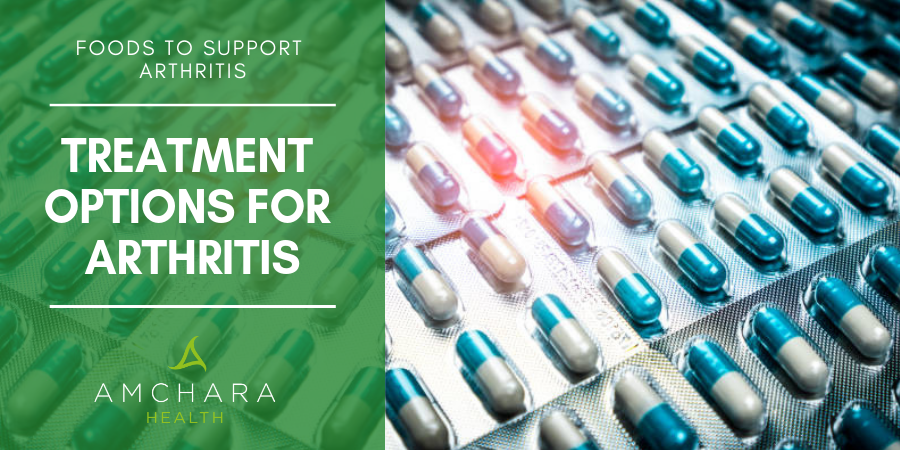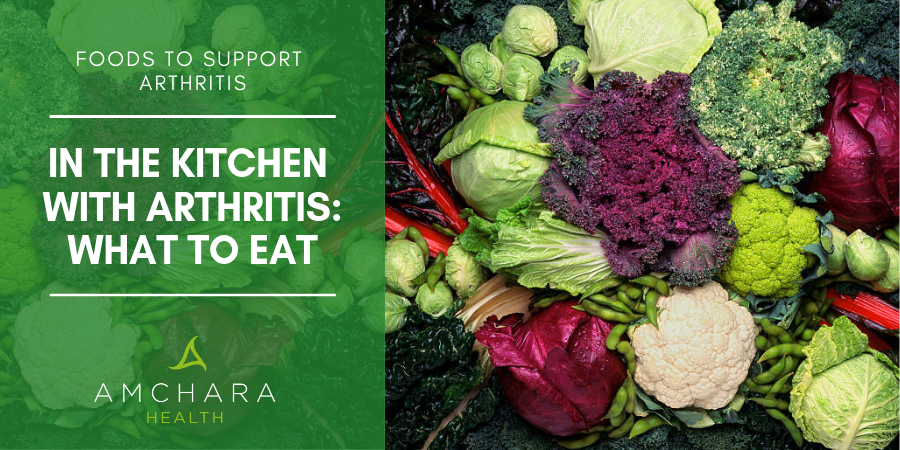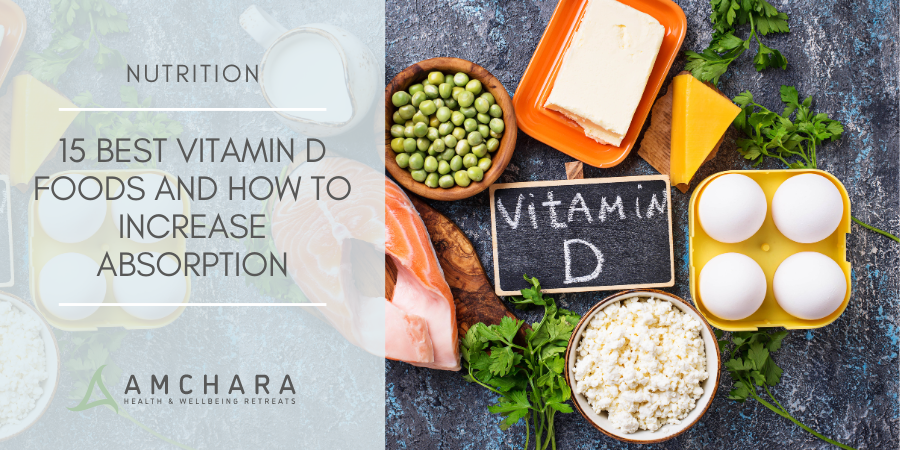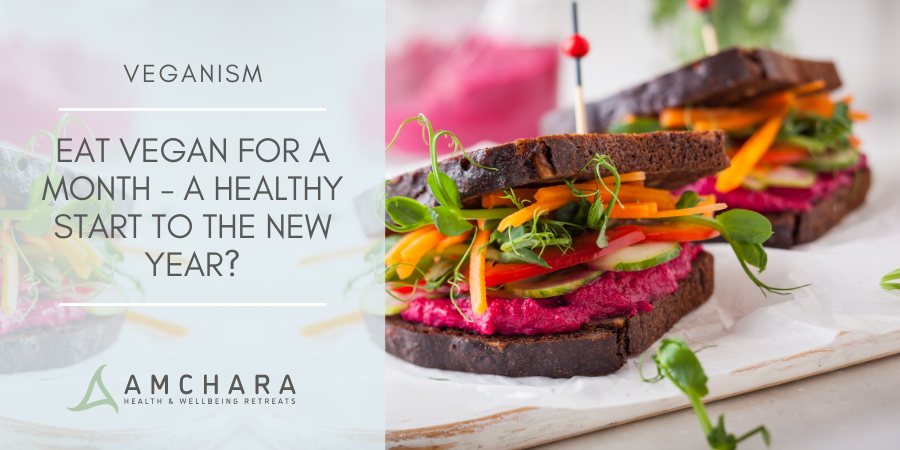Arthritis affects over ten million people in the UK.
It’s an umbrella term for a family of diseases which cause the symptoms of joint pain, stiffness and swelling.
It can affect anyone of any age.
Our mission is to provide you with both insightful information and evidence-based content to provide you with actionable knowledge and tips you can trust, to help you on your journey to optimal health.
In this article we will look at what happens when arthritis develops, conventional approaches to treatment and natural nutritional solutions to help alleviate the symptoms and reduce suffering, as well as what foods should be avoided.
Types of Arthritis
There are over one hundred different types of arthritis and precise symptoms vary, depending on the type.
The term arthritis includes conditions such as fibromyalgia and gout.
All of them cause pain, in around a quarter of sufferers the pain is rated as severe.
Arthritis can be broadly classified into inflammatory or non-inflammatory.
-
Osteoarthritis
The most common type of non-inflammatory arthritis is osteoarthritis, which affects nine out of ten arthritis sufferers.
Over a third of the UK population have sought treatment for the condition.
Osteoarthritis is associated with joint pain and stiffness and a reduced range of movement.
Joints, although painful aren’t usually inflamed unless bits of the cartilage break off and float around in the synovial fluid, causing inflammation.
Osteoarthritis is a degenerative condition, so it becomes more common as we age.
It usually develops slowly but it can follow injury or stress to the joint.
It can also be genetic or associated with carrying excess weight.
-
Rheumatoid Arthritis
Rheumatoid arthritis is a type of inflammatory arthritis and is an auto-immune disease.
In other words, the body’s immune system turns on itself and attacks, in this case, the joints.
Symptoms include painful, hot joints, fatigue and distinctive lumps or nodules which form on the joints.
Rheumatoid arthritis can occur at any age, although the peak age of onset is between 40 and 60 years of age.
It usually comes on suddenly and generally affects the joints on both sides of the body.
It is estimated to affect more than 1% of the world population and is three times more common in women than in men.
There can also be a genetic predisposition to developing rheumatoid arthritis.
Because rheumatoid arthritis is associated with the immune system, symptoms can flare up and subside over time.
What Happens When Arthritis Develops?
A smooth layer of cartilage, a type of connective tissue, cushions the ends of the bones and prevents friction.
Arthritis occurs when this cartilage starts to break down, causing pain and stiffness because the bones begin to rub together.
Our joints are lubricated by a substance known as synovial fluid which is secreted by the membrane surrounding the joint.
In the case of rheumatoid arthritis, the immune system attacks the synovial fluid causing it to become thickened and inflamed, eventually leading to the destruction of the cartilage.
In osteoarthritis, the cartilage breakdown is a result of wear and tear.
Although both types of arthritis are very different in their causes, they both present with pain and joint stiffness as common symptoms.
Conventional Treatment for Arthritis
Conventional treatment for arthritis is based on painkillers and nonsteroidal anti-inflammatory drugs (NSAIDs) such as ibuprofen and naproxen, along with immune suppressants in the case of rheumatoid arthritis.
However, these drugs do come with side effects particularly if they’re used long-term. NSAIDs can cause stomach pain and bleeding and are now routinely prescribed alongside proton-pump inhibiting drugs such as omeprazole.
These reduce stomach acid secretions to lessen the side effects of the NSAIDs.
Unfortunately reducing the natural level of stomach acid can lead to impaired protein digestion and decreased absorption of vitamins such as vitamin B12.
Food and Arthritis
There’s no doubt what we eat can affect arthritis symptoms.
One study showed a quarter of rheumatoid arthritis sufferers noted their eating habits affected their symptoms.
Let’s have a look at some natural solutions to support arthritis which are free from side effects.
- Boost Your Omega-3
Omega-3 fats act as natural anti-inflammatories, so they are particularly beneficial for inflammatory arthritis.
One review of research found rheumatoid arthritis sufferers who took supplements of omega-3 experienced a reduction in joint pain (1).
Scientists think omega-3 is converted in the body to substances which turn off the inflammatory process.
Our bodies lack the enzymes to manufacture two essential fatty acids, known as omega-3 and omega-6, so they must be obtained from our food.
While both have beneficial properties, the balance between the two is incredibly important.
Insufficient omega-3 to omega-6 can stimulate mechanisms in our cells which can trigger inflammation.
Scientists believe we need to consume around twice as much omega-6 as omega-3, and this is borne out by studies of what our ancestors ate.
Nowadays the Western diet contains around 15 times more omega-6 than omega-3 (2).
This is partly because we use a huge amount of seed oils for cooking and manufacturing food.
Seed oils such as soya oil, corn oil and sunflower oil are loaded with omega-6.
If you suffer from arthritis, it’s recommended that you avoid these omega-6 rich oils.
Coconut oil is low in omega-6 and makes a versatile oil and spread.
Oily fish are particularly rich in omega-3 fatty acids and contain no omega-3, as are some eggs (largely dependent on the hens’ diet).
If you’re concerned about pollutants in fish, or you’re following a plant-based eating plan, try upping your level of omega-3 rich plant-based foods which include:
- Flax Seeds contain about four times as many omega-3s as omega-6s, making flax seed oil an excellent and simple way to increase your omega-3 intake. Use it as a salad dressing or drizzled over cooked food but keep it in the fridge and don’t heat it. Omega 3s are fragile.
- Chia seeds contain 5g omega-3 per 28g as opposed to 4g omega-6, so they’re great at helping to correct an uneven balance of the essential fats.
- Walnuts contain around 10% omega-3, compared to about 40% omega-6, so although they do deliver the omega-3s, you’ll also be getting a fairly hefty dose of omega-6s too.
- Hemp Seeds contain just over twice as many omega-6 fatty acids as omega-3s, making them a good source of omega-3 but still containing more omega-6 than omega-3.
Relatively high levels of plant-based omega-3s are needed to benefit joint health because we need to convert the plant-based omega-3s into their active form.
Omega-3 supplements are available to boost your intake.
They’re sourced from fish, or from algae as a vegan source.
- Ginger
Ginger has been widely studied as an anti-inflammatory, so we would expect it to be useful in managing the pain of rheumatoid arthritis.
One study found giving ginger to patients with osteoarthritis resulted in pain relief identical to that achieved by the medical drug Diclofenac, without the side effects (3).
Ginger appears to be especially beneficial at reducing pain.
Ginger is great in both sweet and savoury dishes and fresh ginger makes excellent ginger tea.
- Turmeric
Vibrant yellow turmeric is most often used in powdered form but it’s actually derived from a root which looks similar to ginger.
The active ingredient of turmeric is curcumin. It’s been widely studied for its anti-inflammatory activity, which means it may be useful in cases of rheumatoid arthritis.
In one trial it was as effective as an NSAID drug, again with no side effects (4).
Curcumin by itself isn’t particularly well absorbed and the body quickly excretes it.
A substance in black pepper called piperine increases the bioavailability of curcumin, so it’s best to combine turmeric with black pepper.
Curcumin plus piperine have also been found to be effective in reducing pain in osteoarthritis, as well as improving the physical function of the joint.
Turmeric has an earthy flavour. It’s extremely versatile – don’t just save it for curries – it’s equally at home in casseroles, soups and even smoothies.
Remember to add black pepper too.
- Cruciferous Vegetables
Broccoli and cabbage both belong to the cruciferous family of vegetables.
They contain a substance called sulforaphane, which has been shown in one study to impede the signals of certain chemicals involved in the destruction of cartilage in osteoarthritis, as well as blocking inflammation (5).
Other cruciferous vegetables include:
- Kale
- Cauliflower
- Bok Choy
- Brussels Sprouts
- Rocket
- Collard Greens
- Watercress
Add them to stir-fries, salads, casseroles and curries.
See also: The Brilliance Of Brassica Vegetables
- Garlic
Garlic contains a compound called diallyl disulphide (DADS).
So do the other members of the allium family, onions and leeks.
Diallyl disulphide limits the activity of certain pro-inflammatory molecules.
Eating plenty of garlic has been shown in studies to be connected with lower incidence of osteoarthritis.
Fresh garlic is best. Add it to soups, stews, stir-fries and curries.
- Berries and Cherries
Have you tried tart cherry juice?
It’s becoming popular because of its reported health benefits.
One study gave participants two servings of tart cherry juice daily for six weeks.
It was found to reduce symptoms of osteoarthritis of the knee (6).
It’s also been found to decrease inflammation, so it may be useful across both inflammatory and non-inflammatory arthritis.
It’s believed the ingredients in tart cherry juice responsible for helping to decrease joint pain are compounds called anthocyanins, which give cherries their bright red colour.
Tart cherry juice isn’t the only way to obtain anthocyanins, they’re also contained in:
- Raspberries
- Blackcurrants
- Blueberries
- Cranberries
- Plums
Some berries also contain quercetin which has also been found to block inflammatory processes which occur in arthritis.
Quercetin is also contained in foods such as:
- Green leafy vegetables
- Broccoli
- Apples
- Red onions
- Red grapes
- Citrus fruits
Proven Health Benefits of Berries
- Kale
Kale is well known for its health benefits, but scientists have discovered it contains a particular antioxidant called kaempferol, a natural flavonol.
Research has shown can decrease the effect of inflammatory substances which play a role in destroying cartilage in rheumatoid arthritis (7).
Add kale to all kinds of savoury dishes or to green juices and smoothies.
Kaempferol is also found in:
- Watercress
- Rocket
- Spinach
- Mustard greens
- Strawberries
- Tomatoes
- Grapes
- Top up Your Vitamin D
Several studies have found low blood levels of vitamin D are correlated with the increasing incidence of both osteo- and rheumatoid arthritis.
Vitamin D is known to be naturally anti-inflammatory but it also appears to interact with the immune system making it less likely to inappropriately attack the joints (8).
Vitamin D is naturally found in oily fish such as mackerel, salmon and cod liver oil, although many people are now avoiding fish because of fears they may be contaminated with heavy metals and other pollutants.
Other than fish, it’s relatively scarce in food, so our major way of obtaining Vitamin D is through exposure to sunlight.
Even though we’re warned we must always cover up with sunscreen whenever we are out in the sun, some sun exposure is vital because this is how our skin manufactures vitamin D from cholesterol.
It’s estimated we need around a quarter of an hour of exposure to midday summer sun to make sufficient vitamin D (9).
The skin needs UVB rays to make the conversion, so sun coming through a window won’t do the job – you need to be outside.
In the UK, where we don’t see the sun for a few months (and even when we do, we’re generally inside our houses and offices trying to keep warm), the British Nutrition Foundation estimates at least a quarter of us have low blood levels of vitamin D.
If you’re missing the sun why not think about a sunny retreat at Amchara in Gozo?
With over 3000 hours of sunshine a year, it’s bound to top up your Vitamin D levels in the least stressful way possible.
Otherwise, a vitamin D supplement is recommended, especially in the winter.
A doctor can test your blood levels of vitamin D if they are suspected to be low.
What Foods Should I Avoid if I Have Arthritis?
Some people find certain foods trigger their arthritis.
Major culprits include foods which encourage inflammation in the body, like fried and processed foods, sugar and refined carbohydrates, as well as alcohol.
Some, but not all, people suffering from arthritis find they are sensitive to a chemical called solanine which is found at relatively high levels in vegetables belonging to the nightshade family.
Members of the family include potatoes, peppers, tomatoes and aubergines.
Although scientific research on this subject is lacking, if you’re plagued by arthritis symptoms it’s worth eliminating these foods for up to six weeks to see if your symptoms are affected.
Summary
If arthritis is interfering with your quality of life, it’s worth experimenting with changes in your eating patterns to see if your store-cupboard ingredients could hold the key to better management of your symptoms.
If you are concerned you may be sensitive to certain foods or you would like to explore the relationship between food and your symptoms in more detail, why not book a 360-degree health consultation with an Amchara practitioner?
We believe that sharing knowledge and experience is an important part of achieving optimal health and would love to hear your views and experiences.
Let us know what you thought about this article.
Do you have any tips that have helped you manage the symptoms of arthritis?
By Cathy Robinson BScDipNutMed
READ NEXT:






